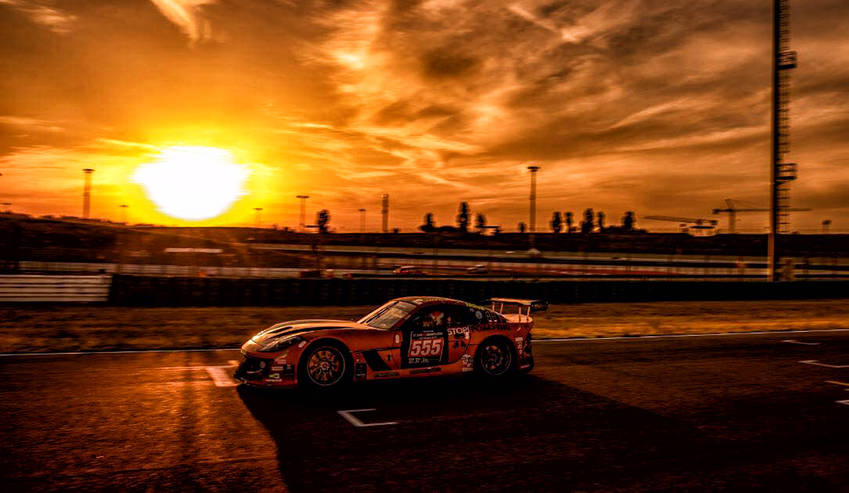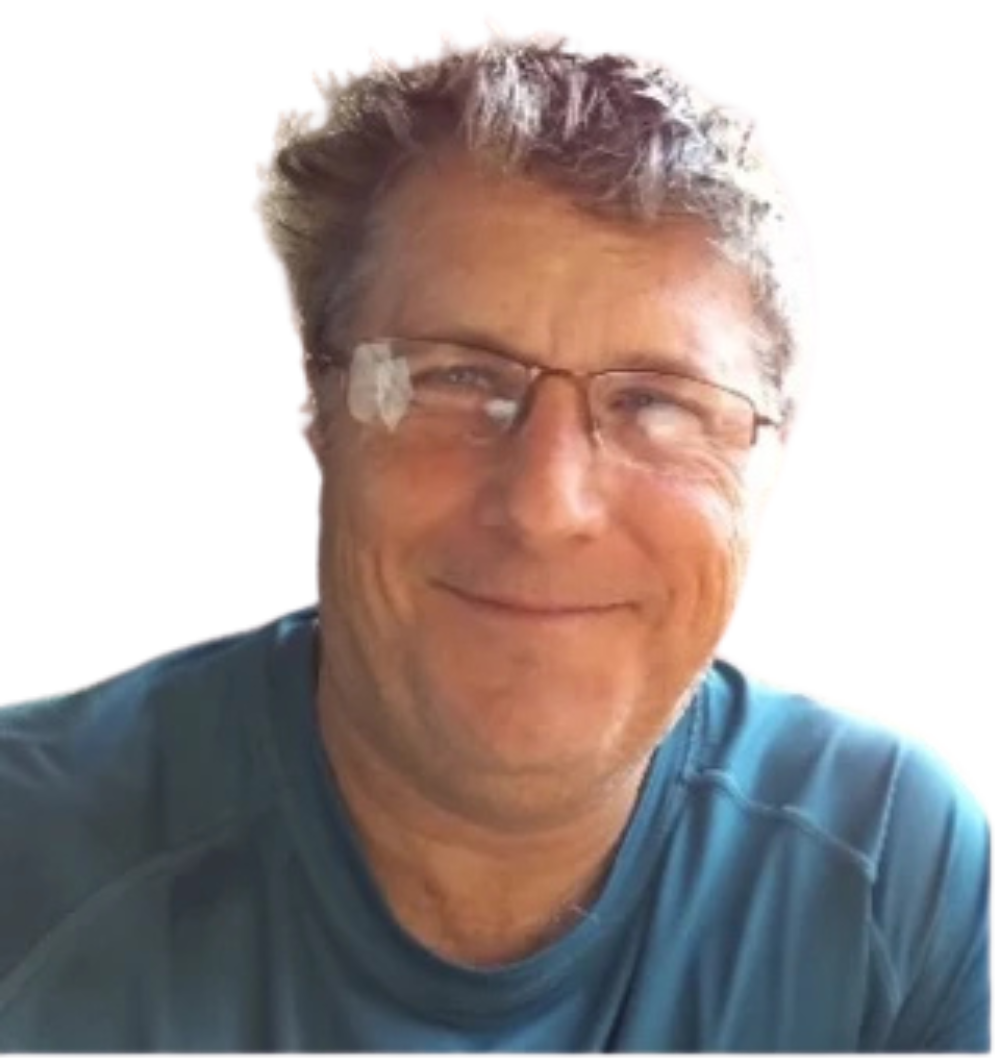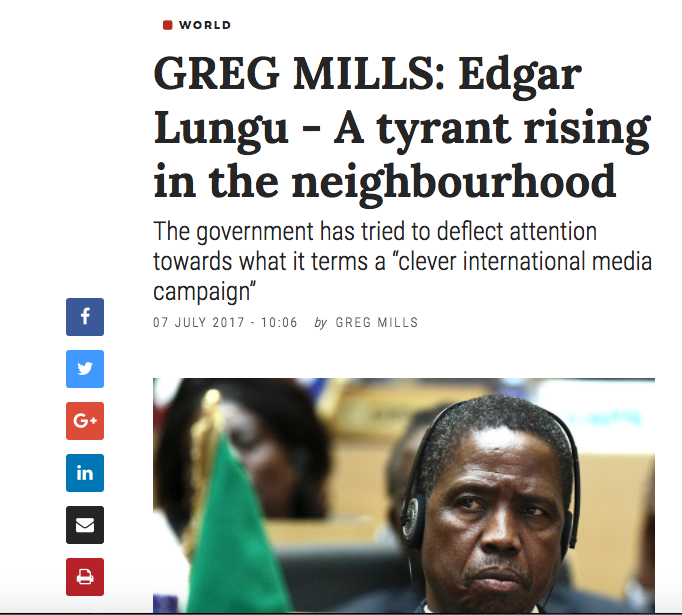News
Between Ordeal and Sporting Odyssey: 72 Hours in 24
'Al cuore non si comanda', runs the Italian proverb: 'you cannot govern your heart.'

Twelve months ago I was fortunate to be part of a small South African-based motor racing team that entered the 24 Hours of Paul Ricard. This year we set a more ambitious target: to compete in two endurance races on back-to-back weekends in Italy.
US Army General Omar Bradley famously said “Amateurs study strategy; professionals study logistics”.
He’s absolutely right. But that truism makes little room for the emotional motivation to do things, aside from simply the need to get them done. It certainly does not explain why people set difficult, voluntary goals for themselves.
Twelve months ago I was fortunate to be part of a small South African-based motor racing team that entered the 24 Hours of Paul Ricard, sort of second division to the 24 Hours of Le Mans for GT (closed top) sports-cars. Amid a very competitive field we finished third in class and in the top half of some 50 entries.
This year we set a more ambitious target: to compete in two endurance races on back-to-back weekends in Italy. The first weekend would see us compete in a 12-hour event at the Imola Formula One track, infamously the site of Ayrton Senna’s fatal crash 23 years ago. The second was a 24-hour at the Misano track on the Adriatic, more commonly used for Moto GP and other top class motorcycle races.
The car, a Ginetta G55, and the core of the team remained the same as Paul Ricard, with drivers Jan Lammers, Sarel van der Merwe and myself joined by Emanuele Pirro and SA veteran Graham Vos. All bar three of the pit crew were from Africa, managed by the former African rally champion in the Kenyan David Horsey. The car was engineered by Malindi resident Nic Jooste. The branding was similarly proudly African in advertising “The New Spirit of Africa” in Ethiopian Airlines, but dominated by various charitable international anti-poaching causes, so important to African economies and heritage, and similarly unpaid promotion of the Gauteng Growth and Development Agency.
As befits the cause, Team Africa Le Mans was an all-volunteer, unpaid team effort. This is perhaps all the more surprising when one considers that the vastly experienced former F1 drivers Pirro and Lammers enjoy not fewer than six Le Mans victories between them. Lammers had come to Imola fresh from participating in his 23rd Le Mans 24-Hour weekend.
At Imola, a surprisingly hilly, difficult and demanding track, on the weekend of 30 June-1 July, we were set for a class victory and top 20 finish among a hyper-competitive Creventic field, when the diff overheated, ran out of oil and packed up with just 90 minutes (of 12 hours) to go. Buoyed by our speed and undeterred by the breakdown, Emanuele Pirro organised workshop space in nearby Lugo with a former Minardi chief mechanic, Roberto Venieri, a motorsport enthusiast to his fingertips. There all the problems, we thought, were repaired. The suspension was replaced, and a new diff (which was flown out from the UK by an unsuspecting friend) installed.
Our optimism proved to be misplaced. Our race at Misano on 8-9 July was blighted by endless mechanical difficulties.
An all-night effort by the mechanics to fix sundry practice gremlins from the gearchange compressor and accumulator to rewiring various pumps and fans and replacing an airjack saw us the fastest car on the race-track at the drop of the flag, with Emanuele running easily in second at the start and setting a string of fastest laps right near the end. But between these two periods we lost five hours in the pits to fix various problems. It was a case of five drivers, 17 team members, two broken ball joints, two diffs, one burst power-steering hose, one engine oil pump housing and belt … but much character!
So we soldiered on, salvaging third in class and ninth overall. A seemingly terminal steering problem and, once more, an overheating diff threatened to upend us right at the finish, but we dragged it over the line. As Emanuele admitted later, “it was a helluva ride”.
Most of the team started working at the track on Thursday morning at 09:00 and stopped on Sunday 72 hours later.
Endurance racing is a special cocktail of racing and survival, as the driver, team and car together have to outlast the clock in the toughest possible physical and mechanically stressful conditions. It was over 34 Celsius in Misano, and much hotter in the car – three of our drivers scorching their feet.
Yet, since drivers gain much of the spotlight, inevitably much emphasis is put on the racing and driving aspect, perhaps overshadowing the sheer physical and logistical team effort to be there. Add to that the fickle nature of any sport, especially motorsport, as the experience even of the multimillion-dollar teams at Le Mans illustrates. Last year Toyota dropped out of the lead on the final lap. This year nearly all the top class LMP1 cars fell by the wayside at the Sarthe classic.
Critically, for these reasons, it was never simply our ambition to participate in these races as drivers. If so, it would have been much easier to buy a drive, as is commonplace. The aim was to enter an African team to be able to share this competitive experience more widely, and to make a continental mark on the international racing scene beyond a few personalities.
Put differently, success is not solely down to finances. Indeed, if it was, we would never have been there, with our container perched between the giant transporters, motorhomes and hospitality units of the rival teams, especially at Imola. When they drove out of the track gates to hurry back to their European bases, we waited for the crane to arrive to load the container onto an open truck.
The record books will probably somewhat one dimensionally recall that Team Africa Le Mans proved competitive in Italy in 2017, achieving good speed and even an exceptional result in the circumstances. It won’t measure the number of new friends made for our anti-poaching cause and for SA and African motorsport more generally.

Both these indicators reflect how vital it is to gel as a team.
This back-to-back weekend racing Everest illustrates that whatever the (considerable) individual talents the team possessed, success demands an ability to work and problem solve together and to manage the complex logistics and relationships that this continuously demands. Babe Ruth observed, “It’s hard to beat a person who never gives up.” While tenacity is an admirable and probably essential quality to sport as most things in life, to be meaningful it must be backed up by process.
Inevitably, of course, we relearnt General Bradley’s maxim a few times. Or as 1982 World F1 Champion Keke Rosberg (father of the 2016 edition, Nico) admits, motorsport “is a profession in which one is always an apprentice”.
For one, you never have enough spares. What you can take with you involves difficult choices, especially when you are a long way from home. Endless check-lists are a necessary part of the job, but so is thinking (and noting) the unthinkable in preparing to confront the unexpected challenges thrown at one.
But the Bradley logic does not account for the passion required to take on the challenge of a 24-hour race, let alone two international motorsport endurance events on two consecutive weekends. Such romance should be cultivated, especially in the increasingly hard-edged, increasingly commercial sporting environment, without which it would be just another job. Al cuore non si comanda, runs the Italian proverb: “you cannot govern your heart”.
While I was trying to comprehend the lessons of preparation, leadership and tenacity, our 11-year-old son, William, who set up a stall to sell team memorabilia at the races, had a slightly alternative, generational take: “African wire models don’t sell in Europe, but make good gifts; the noise in your head lasts until the next day; the ride at the water slide was not worth the queue; Italian ice cream is cool”; but, notably, “you don’t have to buy things or win to have a good time.”
Jan Lammers perhaps summed it up best after Misano: “Emanuele, Sarel and I have been privileged enough to drive for some of the best teams in the world, but that is like a business environment. This was a true sports environment and we all enjoyed the battle against the gremlins that constantly attacked us. Ultimately,” he says, “we beat them to the flag.”
The article is also available on The Daily Maverick.


